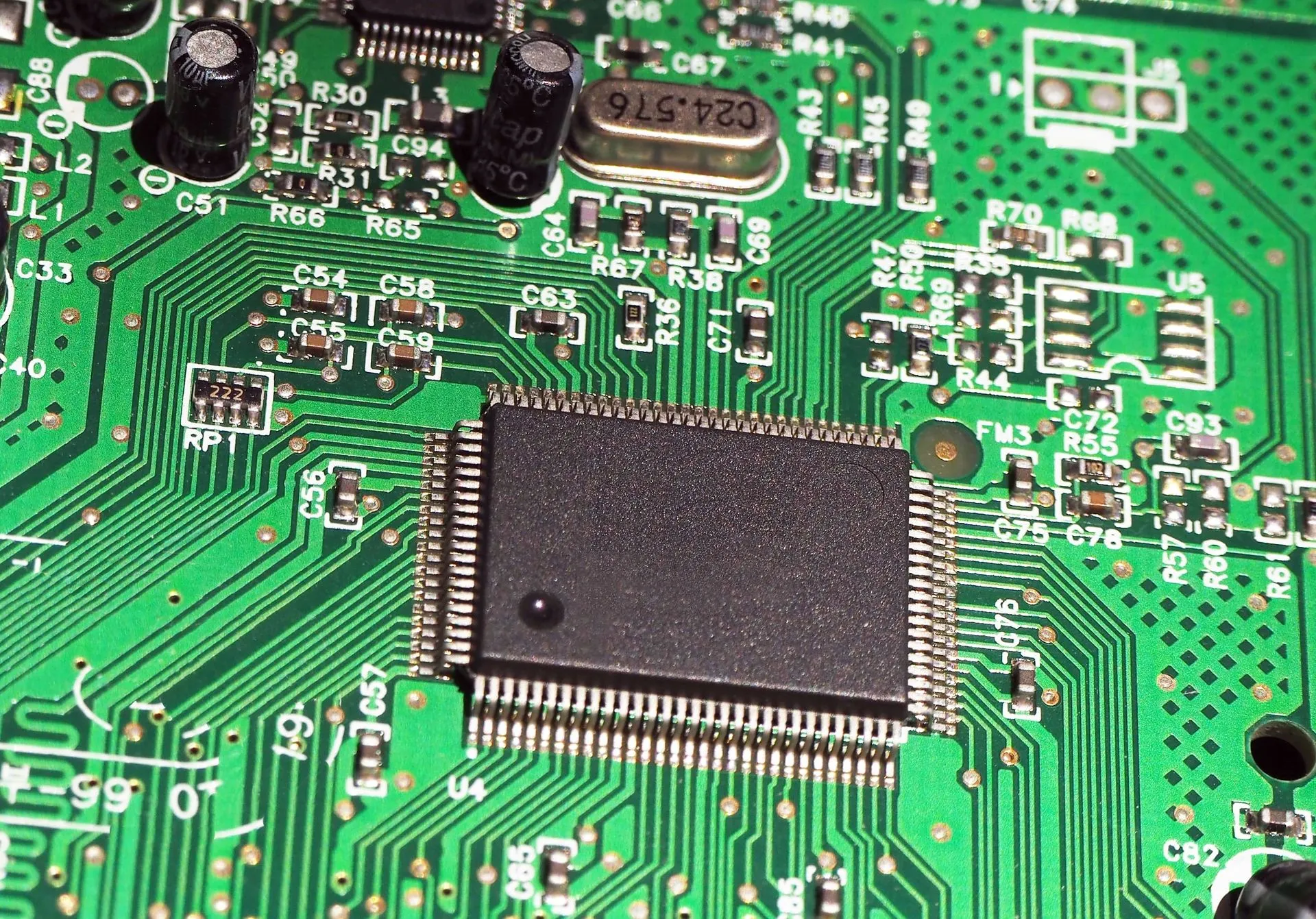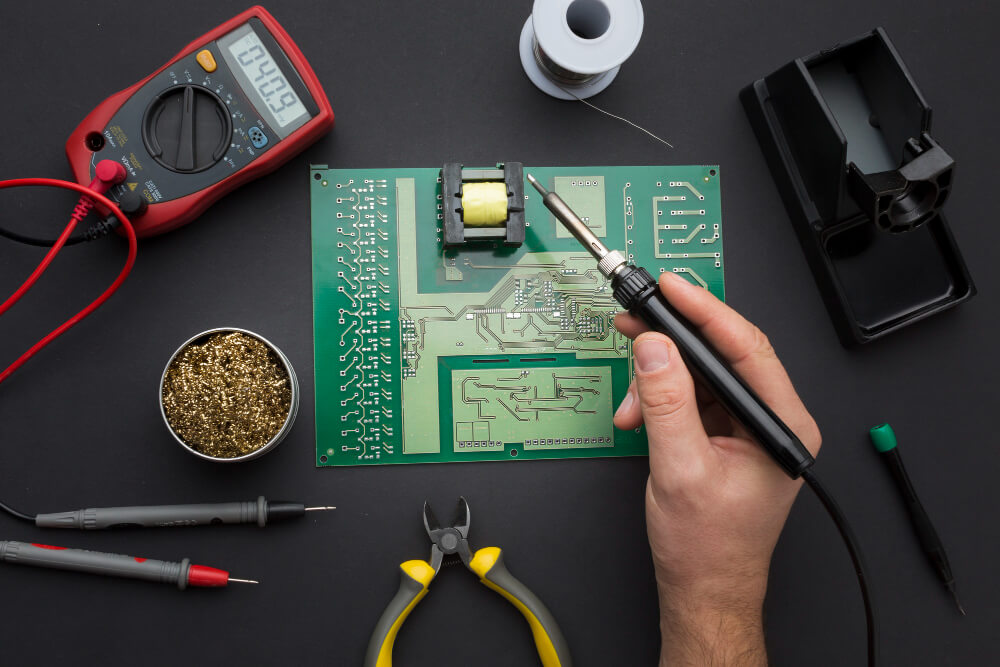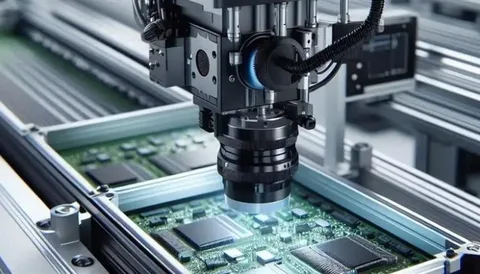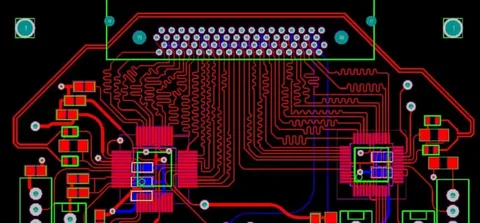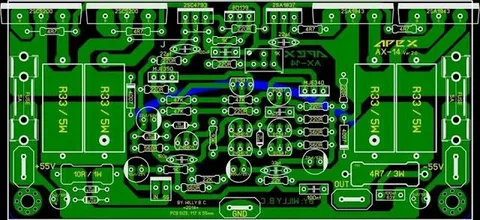As the pace of new product development increases, the application of Rapid Prototyping Services has assumed the role of the key arrow in the corporate quiver of organizations that seek to remain dominant players in their respective markets. These services help teams create prototypes within a short span of time, so that they can test, improve and implement concepts in a way that had not been possible before. That is why this article examines the primary advantages of using rapid prototyping in product development and explains why it is critical for contemporary companies.
Speeding Up the Design Activity
Rapid prototyping helps to complete the design in less time as one can get the physical or computer model of the designed product easily and without delay. This enables the teams to draw out concepts, experiment with functions and realize design problems at an early stage. This is especially true because time taken on revisions is reduced which in turn allows businesses to get from the idea stage to production quicker.
Early Visualization of Ideas
Prototypes are real models of the concept to be developed to enable the stakeholders to see the actual design before going into full production. It is far easier to get everything aligned and have clear directions because everyone knows what is expected of them.
Reducing Iteration Cycles
This means that with rapid prototyping, a team is in a position to design, evaluate and redesign within the shortest time possible. This process of going round and round guarantees delivery of the final product within the shortest time possible though it meets all the planned end product expectations.
Improving Process of Product Testing and Quality Assurance
Another benefit of using rapid prototyping is that they enable product designers to ensure the viability of a particular product before going to the industrial production stage. Prototypes are an efficient tool to define possible problems that a team may face at some stage of the work and cure them at the stage of prototypes creation.
Cost-Effective Development
Through control of design for manufacturing and assembly, and other design for X issues, the method proves to decrease the expensive consequences of modifications at higher levels of development. This approach helps avoid wastage of resources, and the general workflow in production is made easier and efficient.
How the change can enhance collaboration?
Prototypes can be used by designers or engineers among other teams to compare against to ensure that they are on the same level when it comes to creativity. This creates a common reference point on the expectations of all the project stakeholders, hence enhancing coordination in the pursuit of the project objectives.
Copyright and Innovation
Innovation and creativity are given to teams that can only be restrained by lack of time or money and other resources. This flexibility helps foster creativity, and while might not result in the absolute best since there are probably more optimal solutions that have not been considered, they definitely represent a good viable solution.
Reducing Time-to-Market
In the current environment, time to market is one of the most critical success factors when launching a product. A prototype speeds up the development process allowing businesses to bring products to market faster and exploit the market.
Enhancing Customer Engagement
The use of prototypes also enables the organization to get feedback directly from the customers on the actual product to be developed. By focusing on customers, the quality of products enhances not only that but also ensures trust and the loyalty of clients.
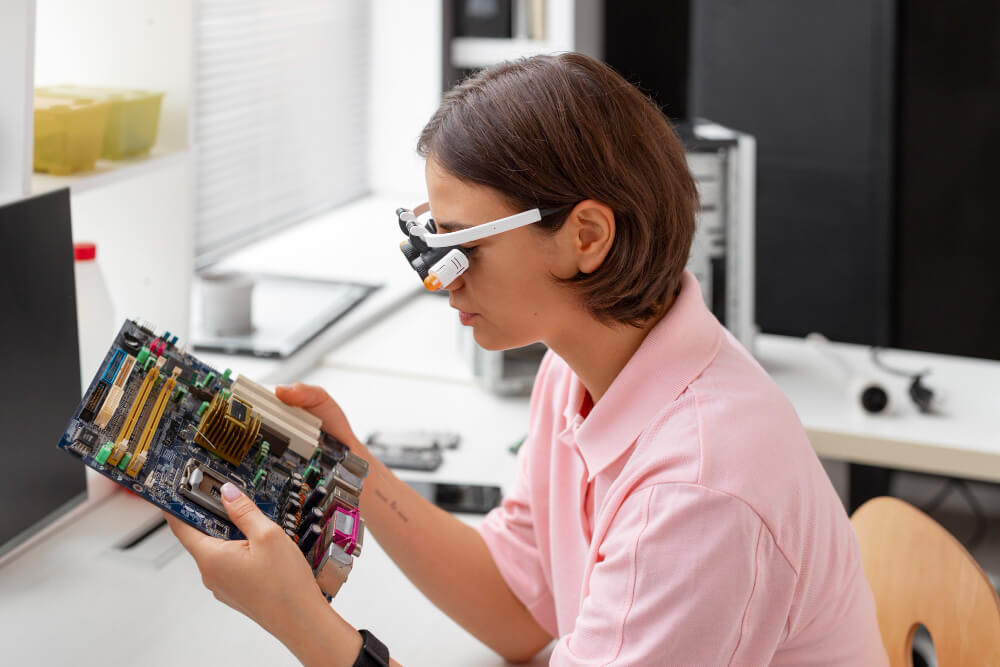
This kind of communications media, therefore, entails customization and personalization. Rapid prototyping is a technique that enables organizations to produce unique designs that suit unique clients’ needs. That’s why this capability is especially valuable in industries where personalization is one of the main competitive advantages.
Helping Iterative Development
The idea of passing through rapid prototyping several cycles is also consistent with modern ‘agile’ development paradigms. Responsible teams can update the designs again and again and create a closer fit to the needs of customers and the market.
Making Use of AI
Rapid prototyping involves using some of the modern tools such as 3D printing, computer aided designs among others tools like CNC. These tools allow the work to be detailed and complex, and allow prototypes to be not only feasible, but also as close to the final product as possible.
The Application of 3D Printing in Prototyping
Rapid prototyping technology can not be fully discussed without mentioning the 3D printing. It makes it possible to develop elaborate frameworks with a lot of accuracy, making for quick turnaround and economy.
The use of CAD for Smooth Transition
CAD abbreviated for computer aided design is fundamental in the development of prototypes since it generates realistic models and tests. This integration helps minimize mistakes and improve total design quality.
Conclusion
The importance of Rapid Prototyping Services in product development has been seen above. In terms of speeding up the design process and cutting the costs, in spurring on innovation and increasing customer value, rapid prototyping has surely changed the face of business. Through the adoption of these services, organisations can remain competitive and deliver high quality and market competitive goods and services to the market in record time.

